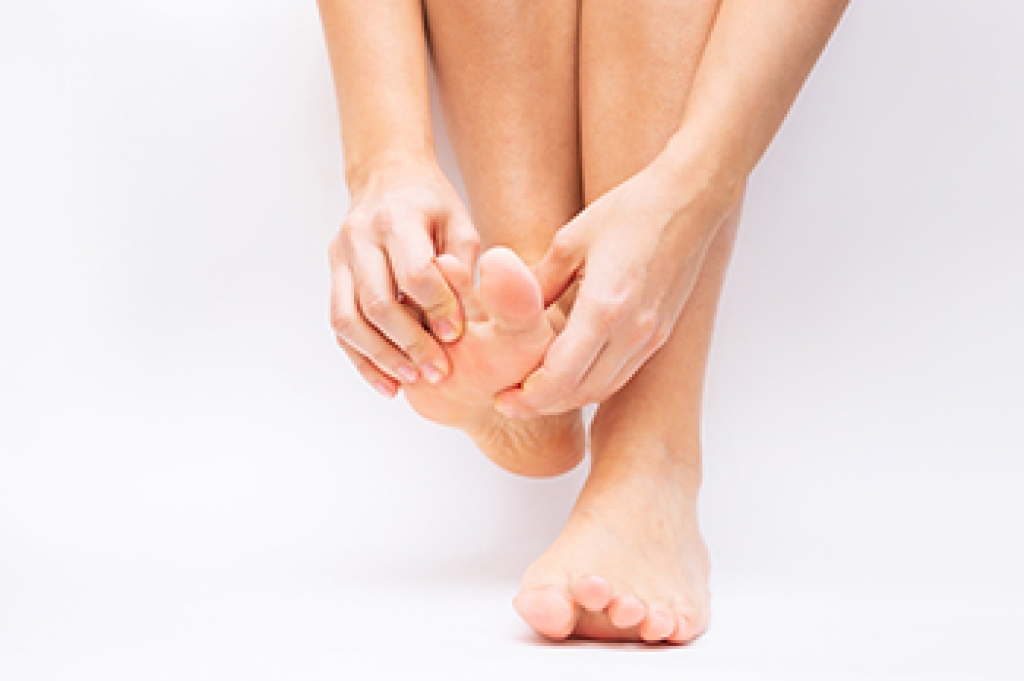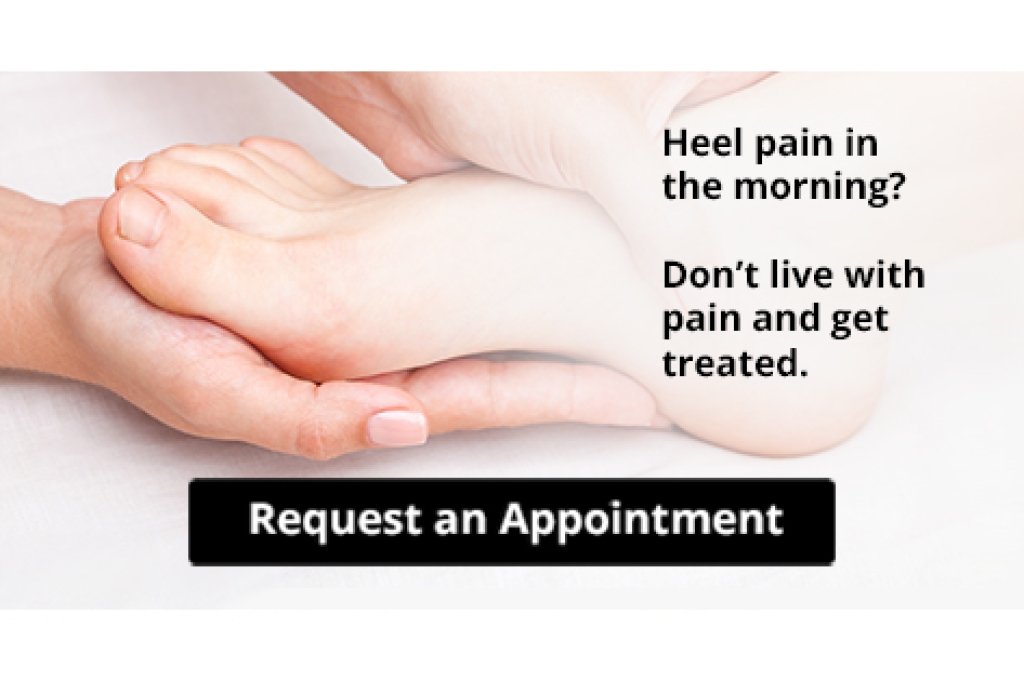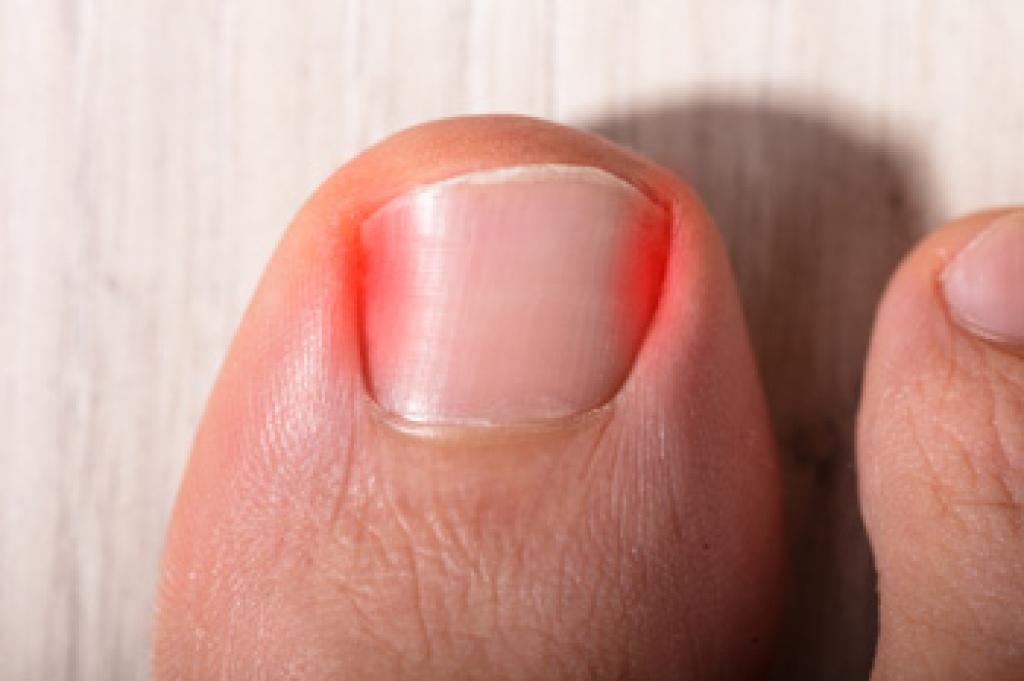
Toe numbness is also known as obdormition, which means when a part of the body "goes to sleep.” Numbness can be a concerning symptom that affects daily comfort and balance. It may result from peripheral neuropathy, diabetic neuropathy, lower levels of vitamin B12, cardiovascular disease, or certain medications that interfere with nerve function. Numbness can appear as tingling, reduced sensation, or a feeling that the toes are asleep. A podiatrist can identify the underlying cause through a detailed examination, provide treatments to improve nerve health, and recommend lifestyle changes or supportive footwear to enhance circulation and comfort. Early evaluation is important to prevent the condition from progressing. If you are experiencing toe numbness, it is suggested that you consult a podiatrist who can offer effective relief solutions to restore proper sensation.
Toe pain can disrupt your daily activities. If you have any concerns, contact one of our podiatrists of Highpoint Foot & Ankle Center. Our practitioners can provide the care you need to keep you pain-free and on your feet.
What Causes Toe Pain?
Most severe toe pain is caused due to a sports injury, trauma from dropping something heavy on the toe, or bumping into something rigid. Other problems can develop over time for various reasons.
Toe pain can be caused by one or more ailments. The most common include:
- Trauma
- Sports injury
- Wearing shoes that are too tight
- Arthritis
- Gout
- Corns and calluses
- Hammertoe
- Bunions
- Blisters
- Ingrown toenails
- Sprains
- Fractures (broken bones)
- Dislocations
When to See a Podiatrist
- Severe pain
- Persistent pain that lasts more than a week
- Signs of infection
- Continued swelling
- Pain that prevents walking
Diagnosis
In many cases the cause of toe pain is obvious, but in others, a podiatrist may want to use more advanced methods to determine the problem. These can range from simple visual inspections and sensation tests to X-rays and MRI scans. Prior medical history, family medical history, and any recent physical traumatic events will all be taken into consideration for a proper diagnosis.
Treatment
Treatments for toe pain and injuries vary and may include shoe inserts, padding, taping, medicines, injections, and in some cases, surgery. If you believe that you have broken a toe, please see a podiatrist as soon as possible.
If you have any questions please contact our offices located in Chalfont, Doylestown, and Hatboro, PA . We offer the newest diagnostic and treatment technologies for all your foot and ankle needs.




